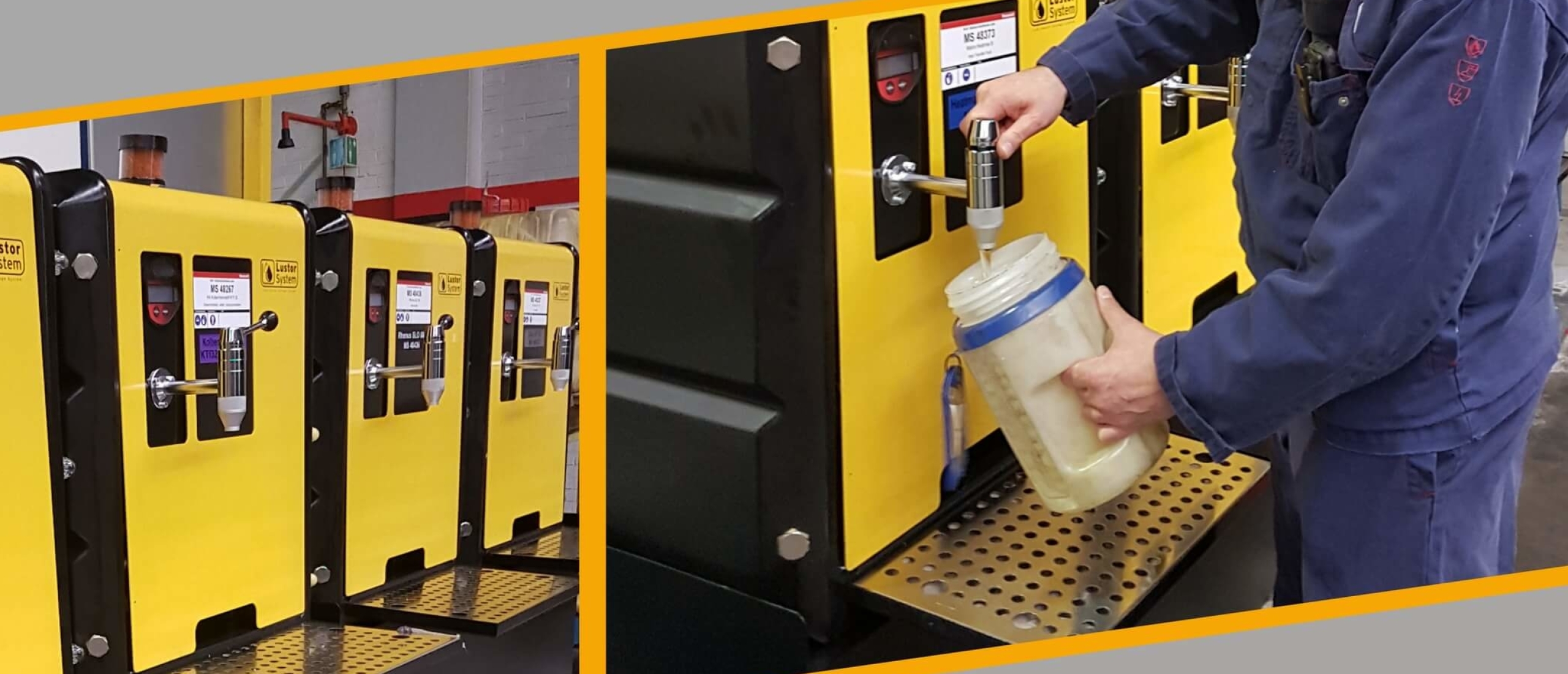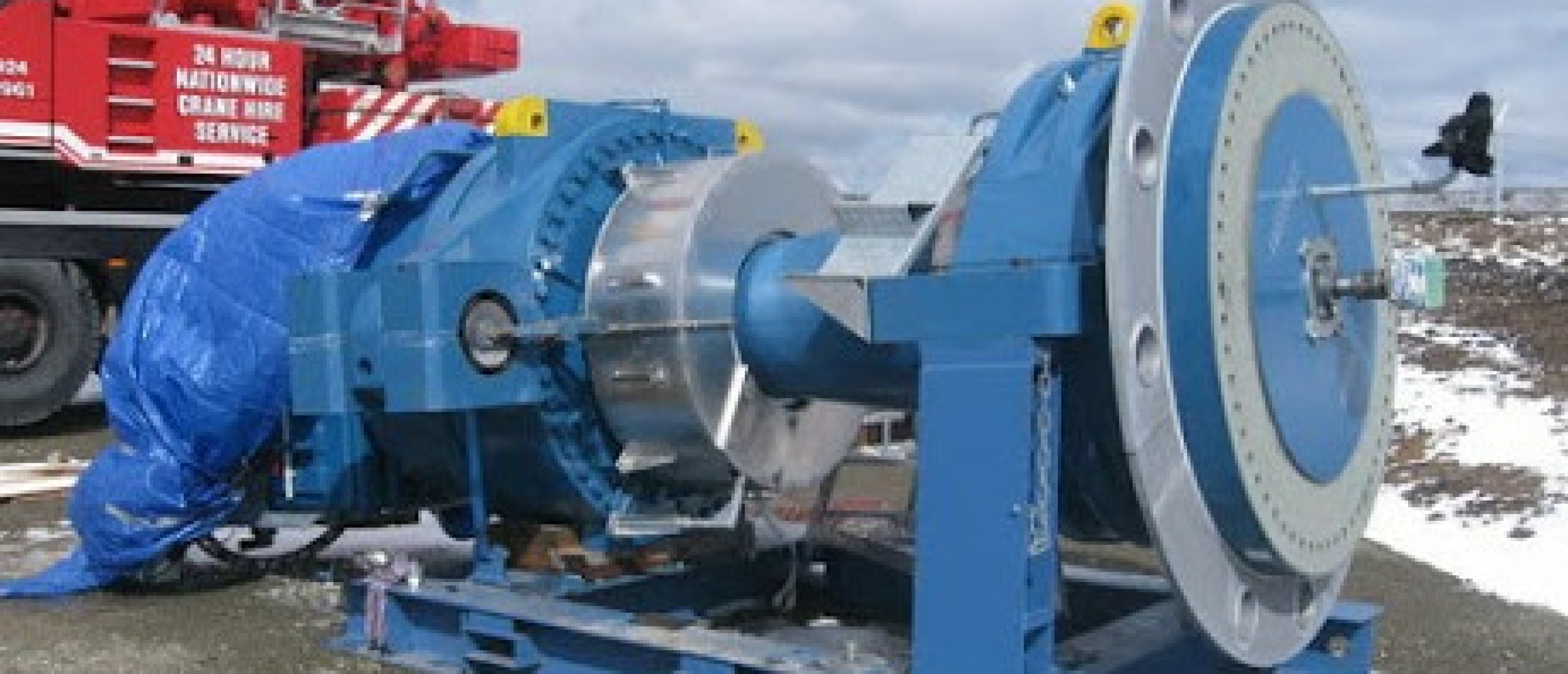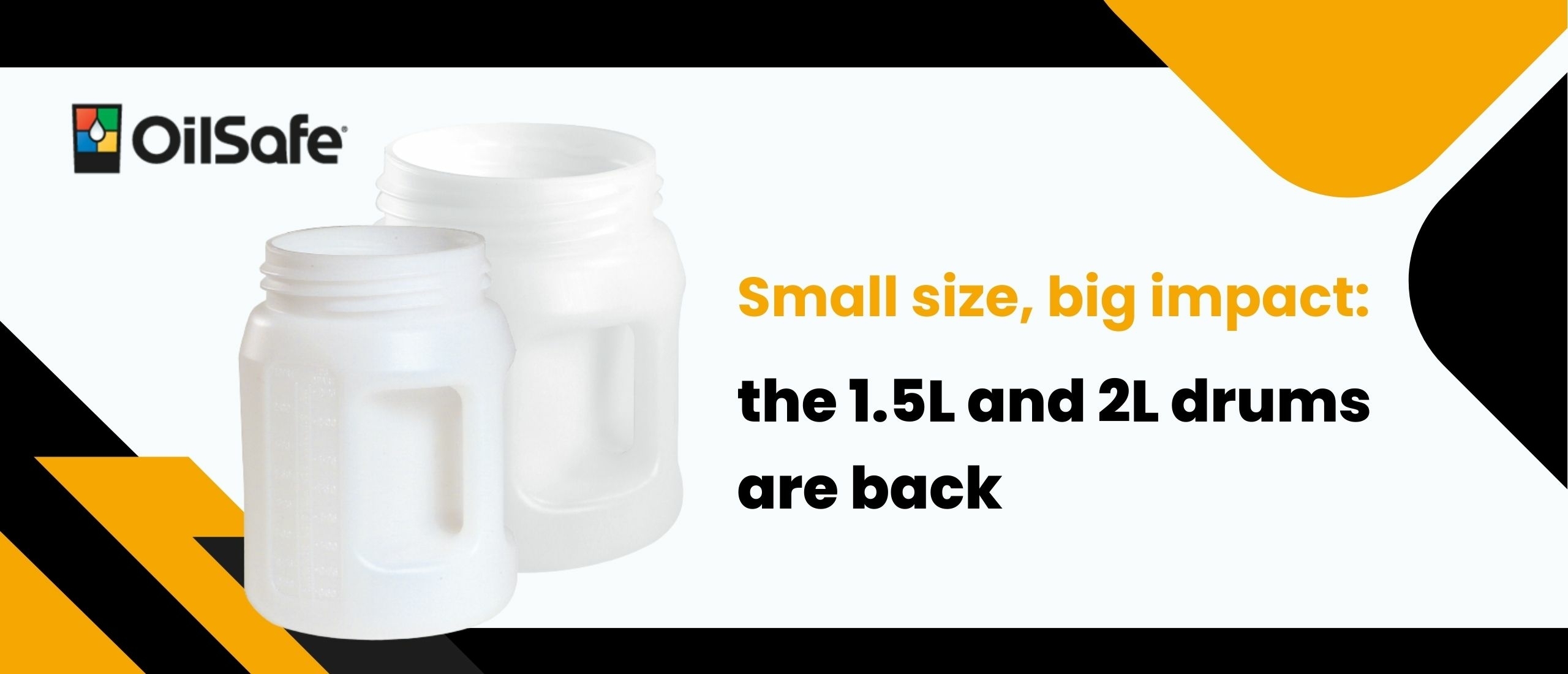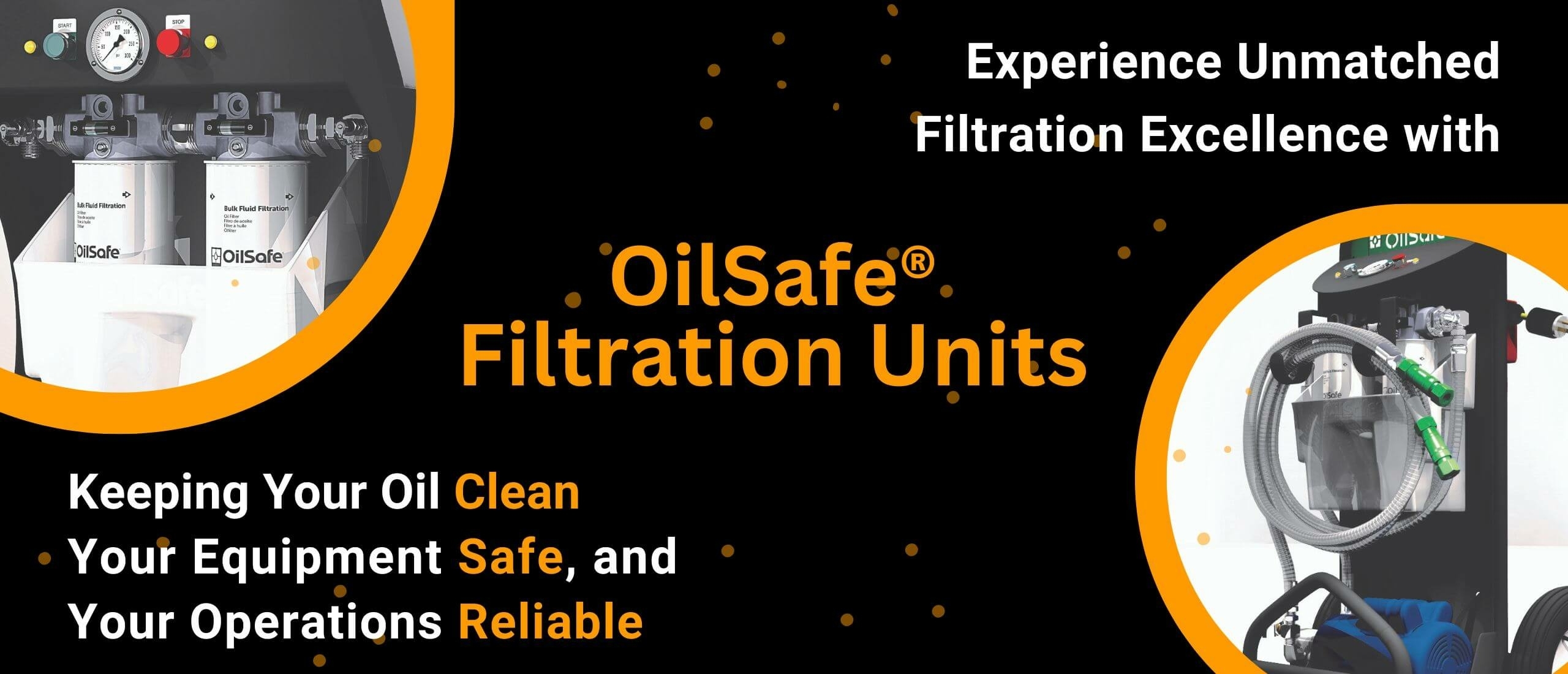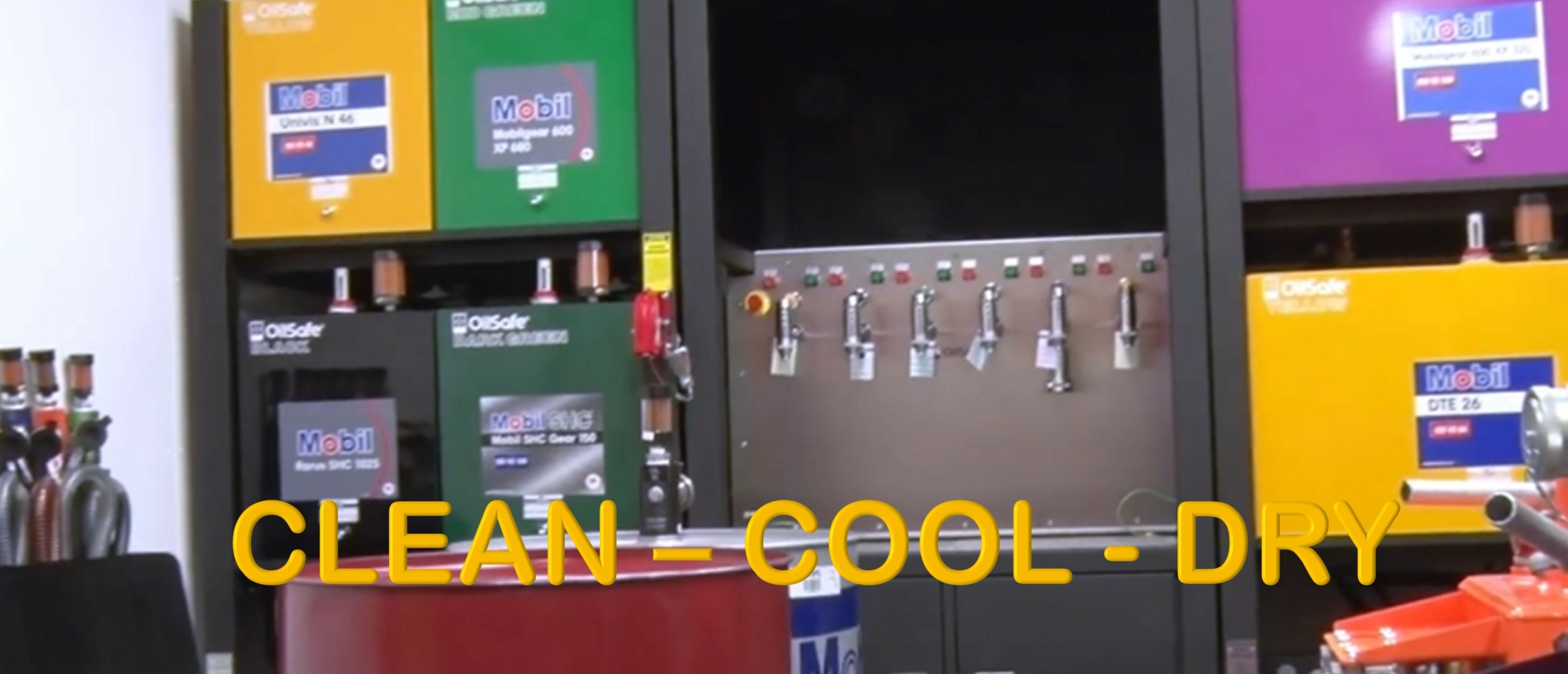
Managing Contamination From Storage to Machine
Controlling contamination is crucial, especially when handling lubricants both in storage and within machines. It's a vital process to prevent a range of issues in our machinery. Research indicates that up to 80% of hydraulic failures and a staggering 90% of bearing failures are linked to contamination. These statistics highlight the importance of this aspect.
But where does contamination originate? It's a comprehensive, cradle-to-grave process. Let's delve into contamination control during storage.
Contamination control during storage
When storing lubricants, cleanliness, temperature control, and dryness are paramount. The storage environment should mirror these conditions: clean, cool, dry, and ideally climate-controlled. Maintaining a stable temperature is vital to prevent lubricants from "breathing," which can lead to airborne contaminants infiltrating the lubricant.
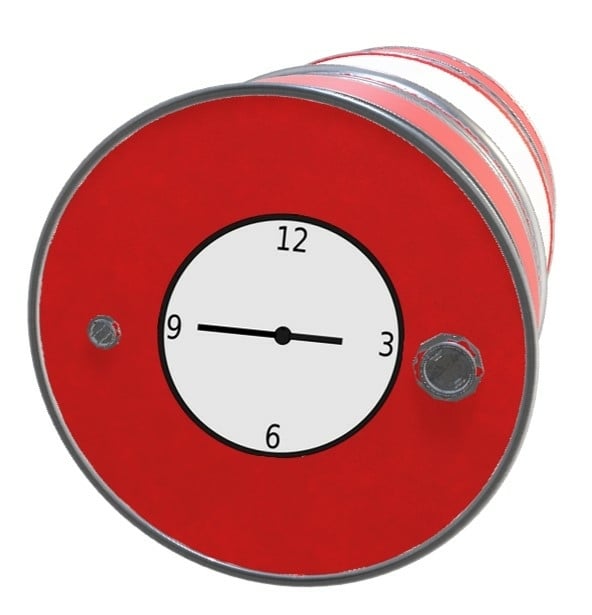 Horizontal storage of a drum
Horizontal storage of a drum
Storing oil drums horizontally, with the long ends positioned at three and nine o'clock, submerges them below the oil level, creating a hydraulic seal to prevent breathing. For vertical storage, especially with significant temperature variations, using desiccant breathers is a wise choice to preserve lubricant purity.
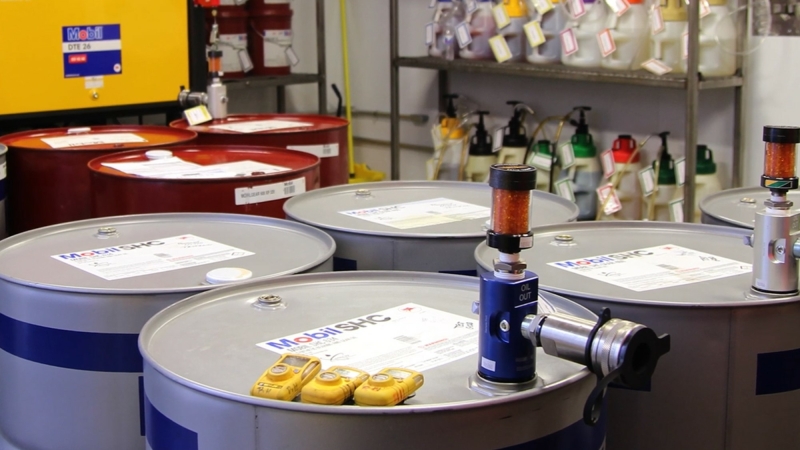 Vertical storage of drums
Vertical storage of drums
Contamination-free lubricant transfer
However, the challenge doesn't end in storage; ensuring contamination-free lubricant transfer to the machine is equally crucial. We must avoid contamination and cross-contamination, which can occur when mixing different lubricants unintentionally. This necessitates a dedicated system to dispense lubricant from storage to the field, such as a dispensing rack.
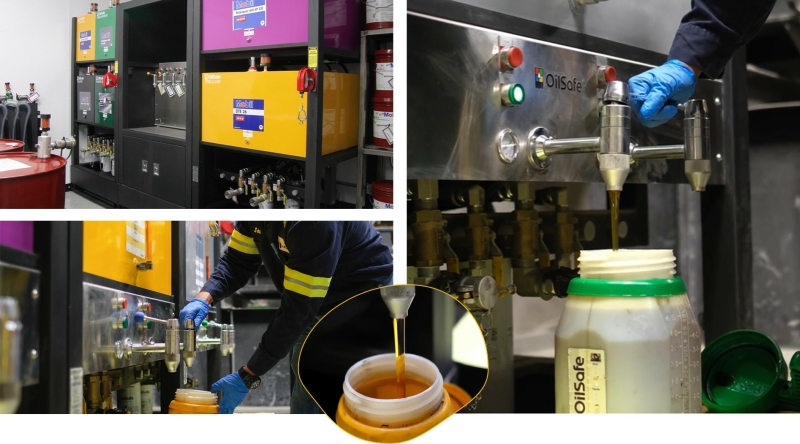 OilSafe Bulk System
OilSafe Bulk System
This is where the OilSafe bulk storage system shines. It offers a comprehensive solution for storing, dispensing, and filtering lubricants, effectively reducing the risk of contamination. Unlike ad-hoc setups where one pump serves multiple lubricants, the OilSafe System provides each lubricant with its own pump, filter, and dispensing tap, maintaining cleanliness and ease of use.
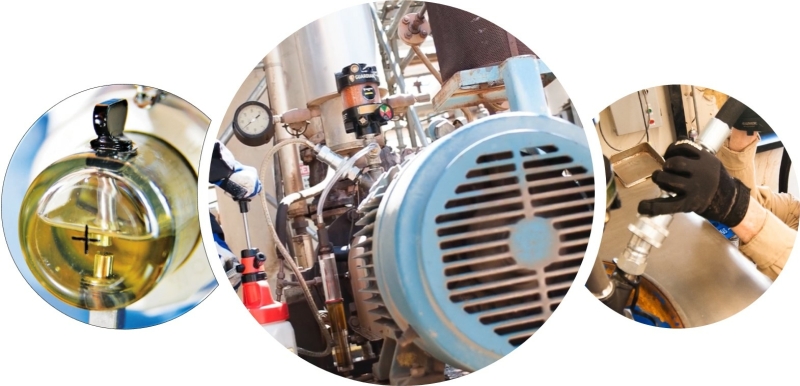
Moving from storage to the machines, it's crucial to minimize contamination risks during machine operation. Opening a machine introduces the opportunity for contamination, so we aim to isolate machines as much as possible. Utilizing proper sight glasses, eliminating dipsticks, and employing quick connect fittings are effective steps.
Why Machine Breathing Matters
A significant point to address is where the machine breathes. Air in the vicinity of machines is often neither clean nor dry. Using desiccant breathers, like Air Sentry breathers, is a wise choice. These breathers filter and dehumidify incoming air, ensuring it enters the machine cleaner and drier.
Breathers: Your Machine's Air Quality Guardian!
Air Sentry breathers typically consist of a multi-part construction, including a particulate filter to remove solid particles and desiccant material to dehumidify the air. The color change in the desiccant acts as an inspection point. Determining the direction of color change can reveal if it's dehumidifying incoming air or the machine's headspace, indicating water contamination within the machine.
Conclusion
Contamination control is a comprehensive process that, when coupled with simple devices, can significantly extend the life of your machinery and lubricants.
From Storage to Machine:Keeping Contamination at Bay for Peak Performance.
To learn more about the products mentioned, visit the link below and access further content from Enluse and its brands: OilSafe and Air Sentry.
Learn more about OilSafe and Air Sentry
Reference:
If you prefer to watch a video about this subject, have a look at the source of this blog. Photos are retrieved from the above mentioned Noria video: Lubrication Storage and Machine Health


